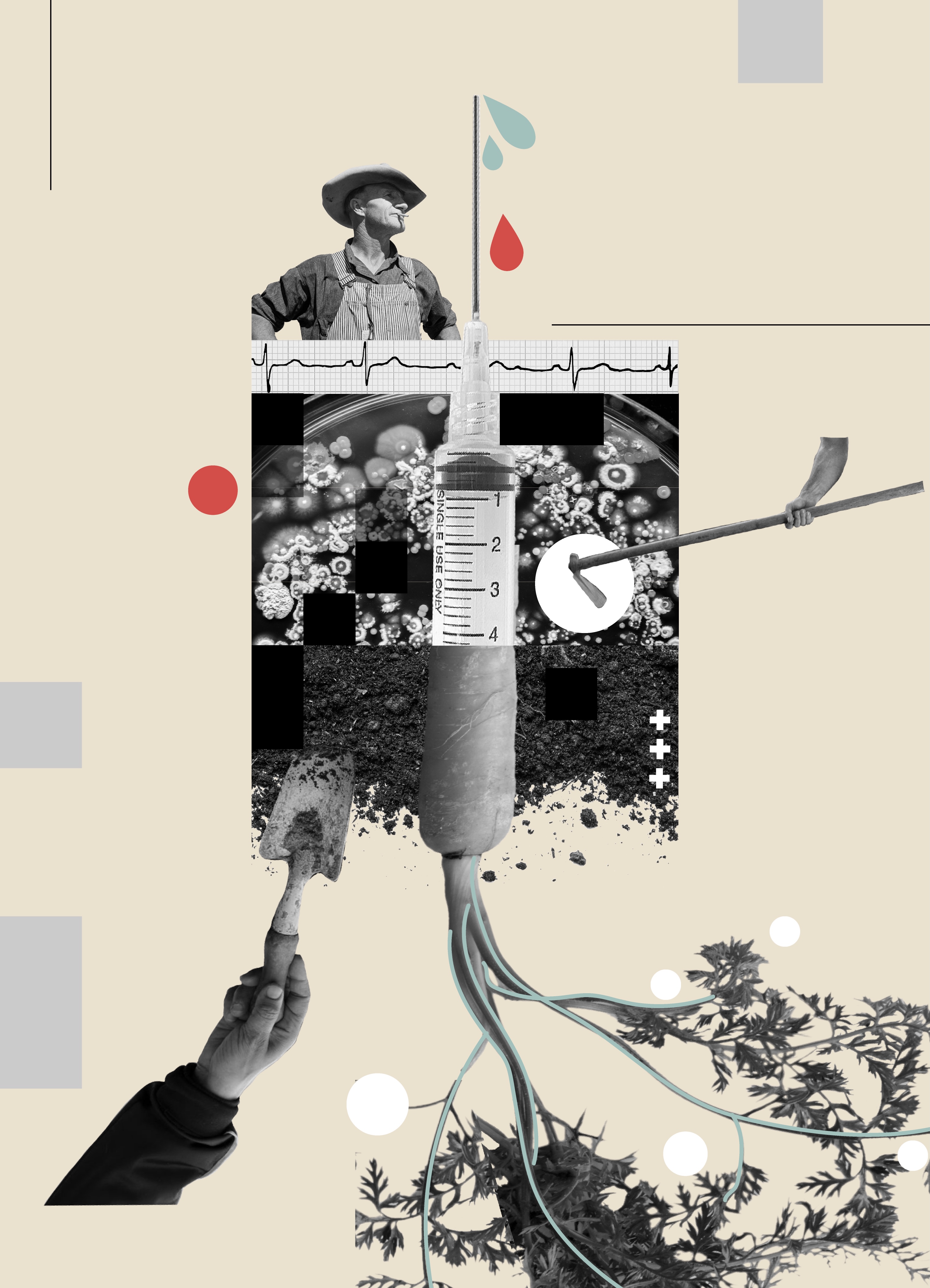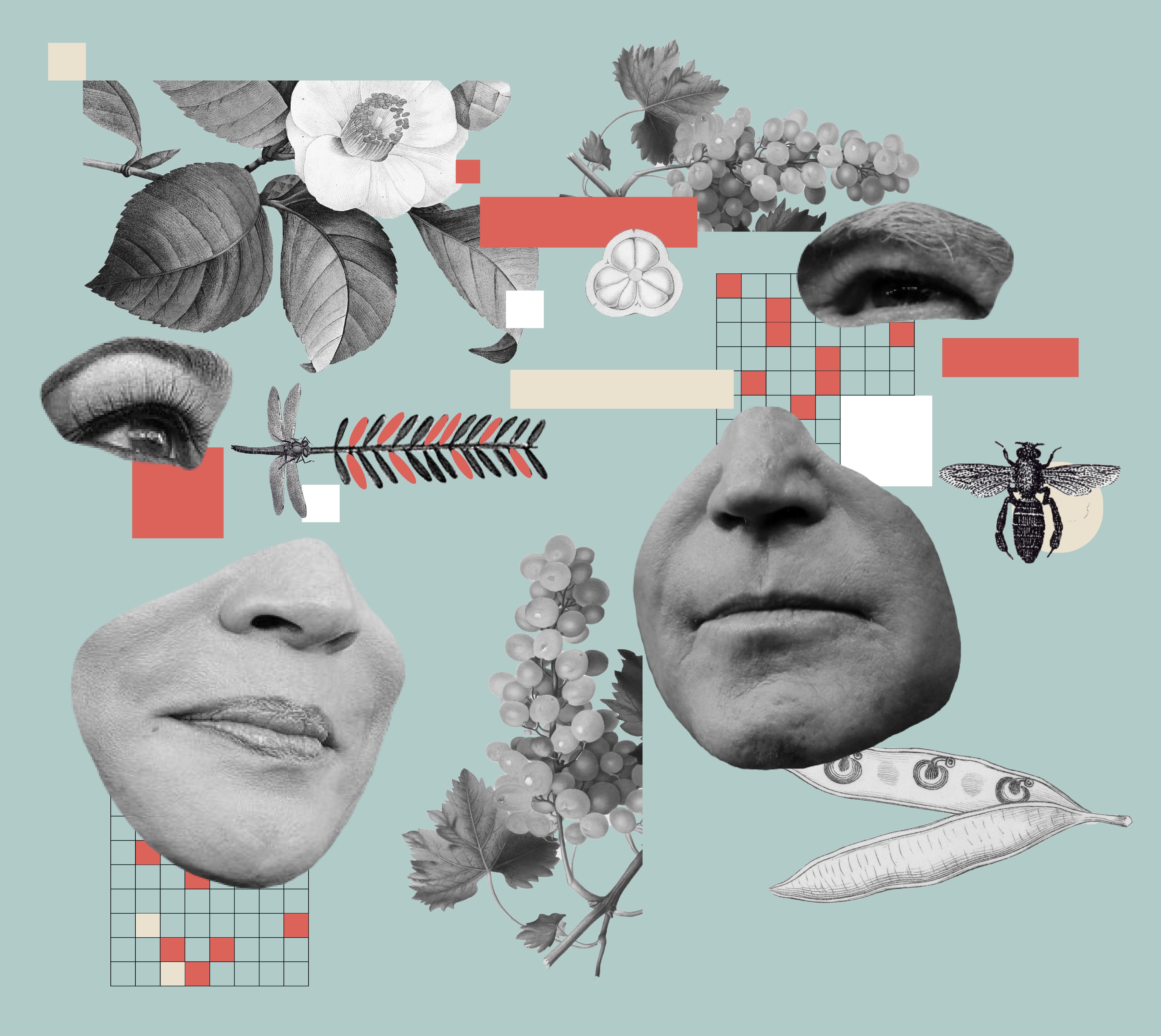The Biden administration must restore funding to the Cooperative Extension Services
Extension agents play a key role in assisting farmers and, now, bringing COVID-19 vaccines to rural communities
Photo by James Baltz on Unsplash
Learning how to garden at my childhood home was pure joy. I reveled in laying out the design of my garden and caring for each plant. But I often discovered that insects had eaten my carefully grown tomatoes, lettuce, and radishes. Months of hard work had vanished before my eyes.
The havoc insects wreak on global food is enormous. The Food and Agriculture Organization of the United Nations estimates that 20-40 percent of crop production is lost to pests each year.
To manage pests and prevent this destruction, farmers — and backyard gardeners like me — in the US frequently turn to Cooperative Extension Services. The primary purpose of these services, as stated in the Smith-Lever Act of 1914 that formed them, was to reach “persons not attending or resident in said colleges in the several communities.”
Extension bridges the gap between academic knowledge and practical application. The term "cooperative" refers to its cost-share structure of funding. Funds for CES come from the United States Department of Agriculture (USDA) and state and local sources, although the exact proportions of funding from each of these entities vary by state.
The past few years have been rocky for CES: the Trump administration hampered extension activities by moving both the Economic Research Service and National Institute of Food and Agriculture offices from Washington, DC to Kansas City, Missouri, which led to mass departure of knowledgeable USDA employees. The Biden administration must reverse the Trump administration's cuts and revitalize the Cooperative Extension Services, which are playing a key role not only in our nation's agriculture, but also in fighting the COVID-19 pandemic.
Success stories about extension services abound. Prominent conventional examples include the battles against insect pests like tomato leaf-miners, moths that chew through fruit and can reduce crop yields by 80-100 percent if left unchecked. They attack at any growth stage, targeting farms and processing plants alike.
In addition to consuming plants, insects can vector diseases. A deadly citrus disease was discovered in Florida in 2005. Huanglongbing (HLB), or "yellow dragon disease" as translated from the Chinese, originated in China in the early 1900s but has spread worldwide, carried by a tiny flying insect called the Asian citrus psyllid. HLB has spread within the U.S., decimating Florida citrus and currently infiltrating the California industry. It causes deformed, bitter fruit, kills the tree, and is the most destructive citrus disease worldwide.
To combat the tomato leaf-miner and Asian citrus psyllid, Cooperative Extension Specialists — trained individuals whose job is to assist farmers and give instructions where and when necessary — aim to employ effective techniques that are safe for communities. That can mean covering plants in a clay film to repel insects or releasing biological control agents, a method that entails using an insect’s natural enemies against it.

Extension practitioners play a unique role in community responsiveness and messaging during periods of agricultural disaster, making them particularly well-situated to help fight the current COVID-19 pandemic
Madison Sankovitz
Agriculture has been the backbone of extension since its inception, but in the modern era of fewer farmers working on bigger farms, a more diverse population, and modern technology, many extension programs have already expanded their mission. The new challenges presented by the COVID-19 pandemic have required extension practitioners to innovate their training and communication methods even further. They are unsung heroes of this pandemic.
As part of the Cooperative Extension Service's mission to get better information into local communities, extension agents have been helping people understand how the COVID-19 vaccine works. Rural residents are among the most vaccine-hesitant groups, with 70 percent of rural residents reluctant to receive the vaccine.
Cooperative extension agents are already trusted members of the communities they serve and they are equipped with a unique toolkit for addressing plant pandemics, putting them in a unique position to address COVID-19 vaccine hesitancy. In addition to fighting misinformation, they have even organized vaccine clinics and helped people struggling with food insecurity by offering strategies to bounce back from shocks and enhance resilience.
For example, E. French Price, an extension value chain coordinator in Virginia, has focused on creating the Virginia MarketMaker website to help alleviate the financial burden due to disruptions to the food supply chain. The website connects growers with suppliers and markets they need to produce and sell crops. Traffic on Virginia MarketMaker increased by 300 percent when stay-at-home orders were enacted at the beginning of the pandemic.
“We’re seeing things like farmers whose normal seed supplier is out of stock looking for a local alternative or farmers who were left with a large amount of market-ready produce looking for a new place to sell it," said Price in an interview with Virginia Tech. "With MarketMaker, we have an index of growers and markets throughout the state and we’re able to help make new connections to solve some of those problems.”
Another example comes from Mississippi State University Extension, which created a 14-day meal plan for community members that centers around shelf-stable and freezer-friendly foods. This plan had over 100,000 views and 900 downloads in just three days.
The COVID-19 pandemic is not the first time cooperative extension has been called to action in an unfolding disaster; it has supported communities during crises like HIV/AIDS and avian influenza. In 1918, cooperative extension programs formed home demonstration clubs to aid in the flu pandemic. They trained community households in home nursing and food preservation, and distributed supplies and food so that people who were most in need wouldn’t fall through the cracks. A 1919 report from the Raleigh, North Carolina Extension program explained that “it was through the organized home demonstration clubs that…we were able to come through the situation with the least amount of loss.”
Although overall successful, the cooperative extension system in the United States is far from perfect. For example, extension agencies have often not provided the same resources to marginalized communities of color as white farmers. This inequity has led to racial disparities in agricultural success and overall health and well-being.
More funding could help. The Centers for Disease Control and Prevention recently provided $9.95 million in funding to USDA's National Institute to Food and Agriculture for community education about adult immunization. With this money, extension professionals are working with local partners, including healthcare providers, to make COVID-19 and other adult vaccines more accessible for rural, medically under-served, and other harder-to-reach communities.

For successful recovery of the US economy post-COVID-19 and sustained success of extension into the future, the Biden administration must invest in extension through the USDA
Madison Sankovitz
This funding is critical support for the current effort to get Americans vaccinated. But for successful recovery of the U.S. economy post-COVID-19 and sustained success of extension across the country into the future, President Biden must invest in extension more broadly through the USDA. Current public investment in agricultural research is less than it was in the 1980s, despite an increasing need for sustainable farming practices.
There are a couple of vital, actionable steps to support extension that should be a priority for the Biden administration:
- Rebuild the capacity of the Economic Research Service and National Institute of Food and Agriculture through hiring. When Trump moved these important agencies from Washington, DC to Kansas City, Missouri in 2019, they lost roughly 75 percent of their staff. With that, they lost decades of expertise on a wide range of subjects, from rural economies to organic farming, leaving numerous projects in limbo and severely bottle-necking new research.
- Ensure that the White House Office of Science and Technology Policy prioritizes agricultural and food research. This support would enable public universities to train an inclusive and diverse agricultural workforce, including extension practitioners who can translate research outcomes to the public.
Increased federal investments in the USDA will allow extension practitioners to increase our agricultural production, fortify food and nutrition security, and prevent disease. It will improve animal, plant, soil, and human health, leading to healthier Americans and a healthier environment. Cooperative extension is the best-kept secret in some areas of the country, but it shouldn’t be a secret to anyone. It is crucial to the health and well-being of us all, and the Biden administration should fund it as such.